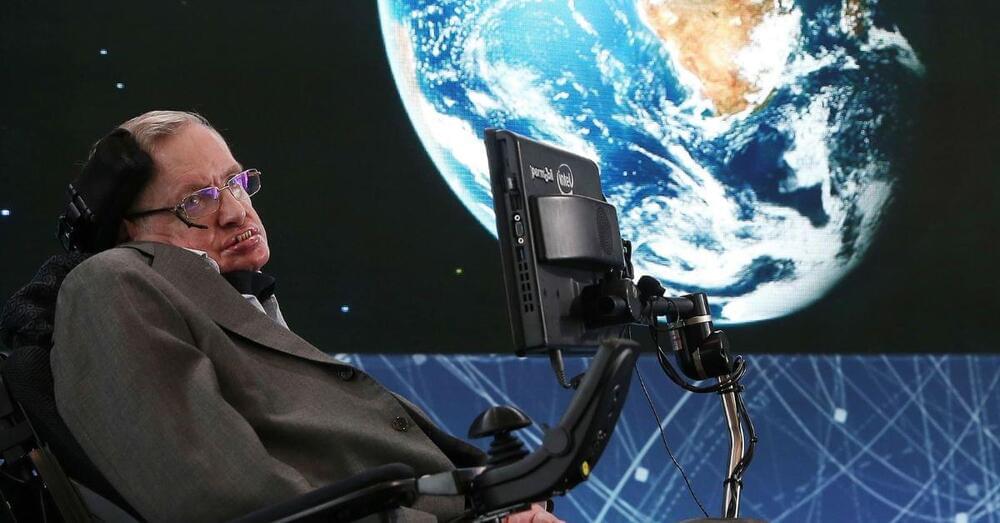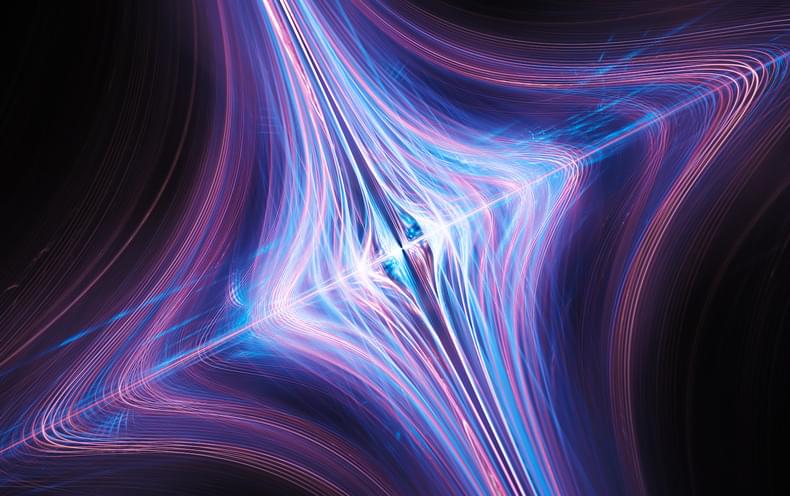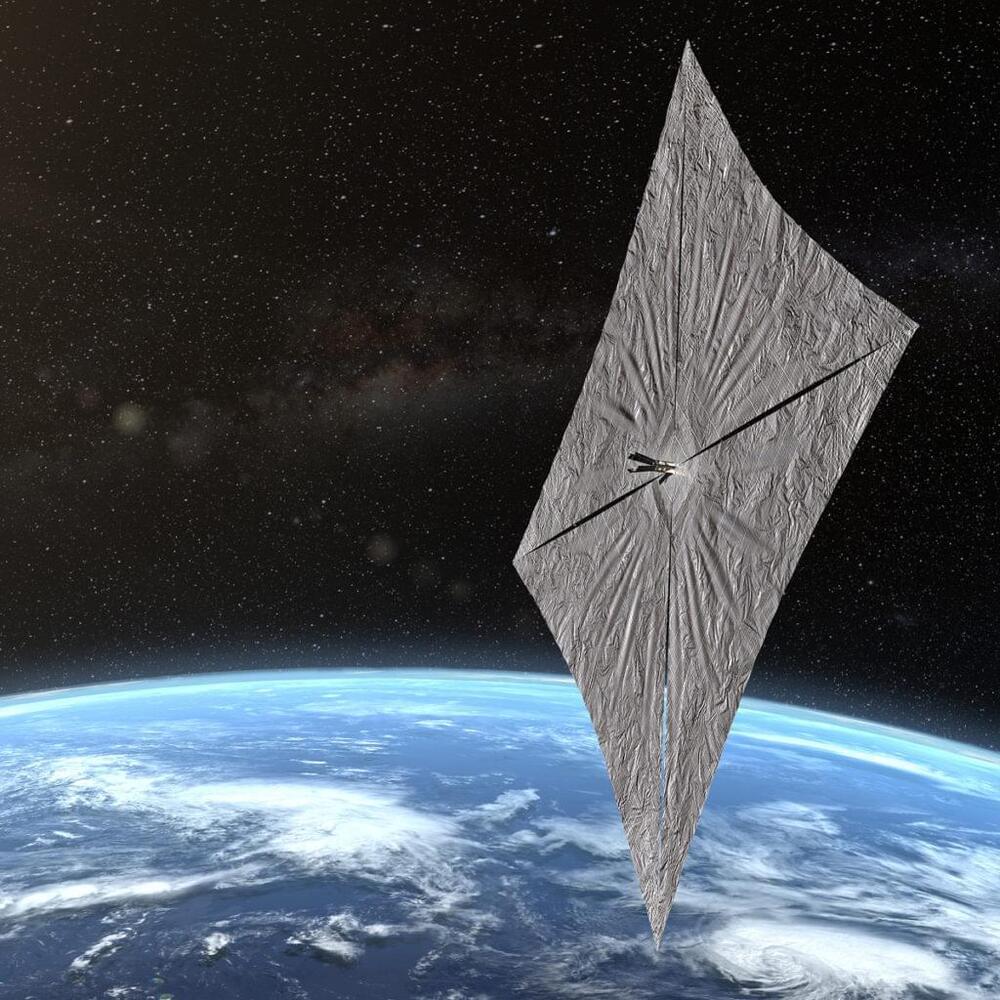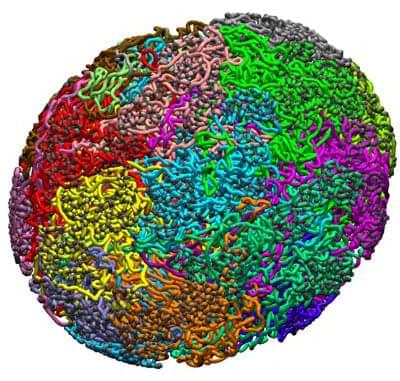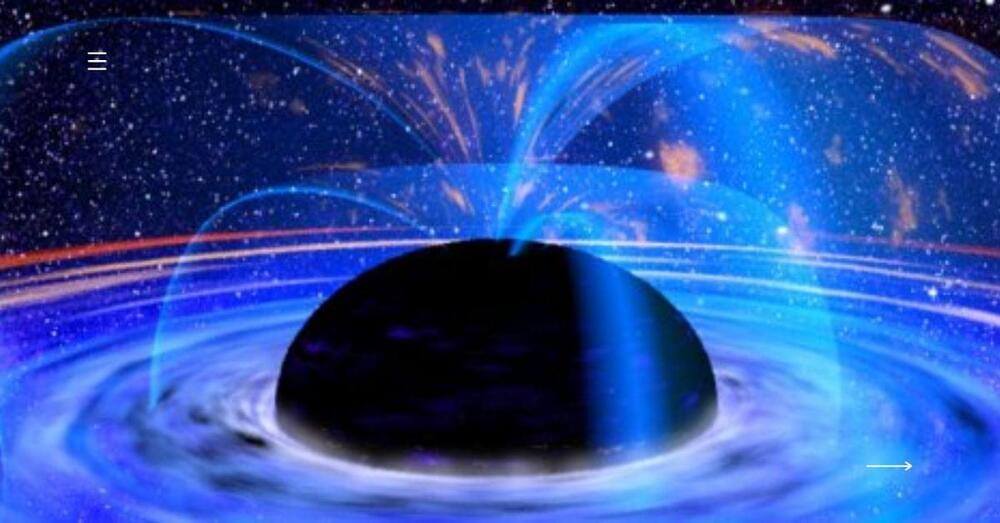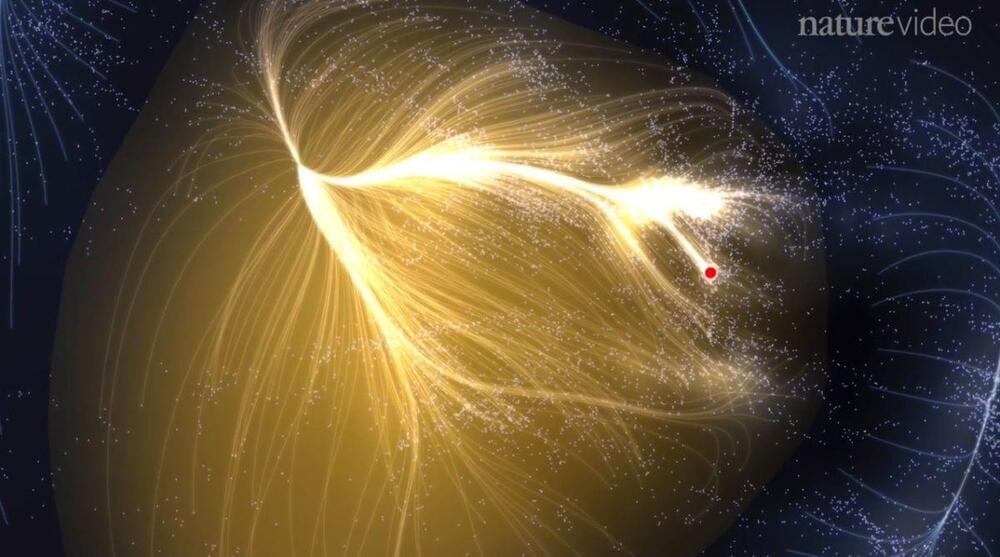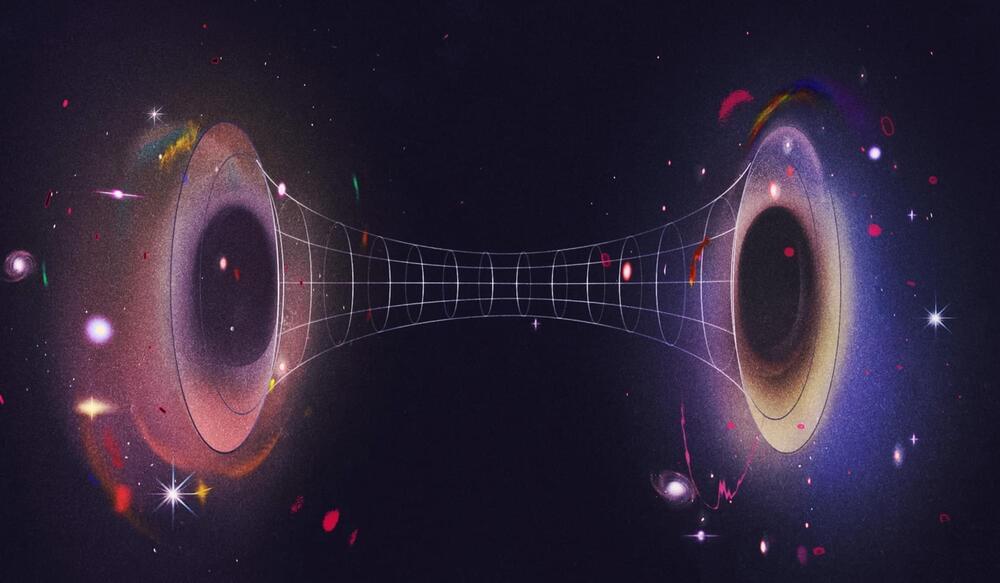Dec 19, 2022
The game-changing tech in DARPA’s new missile
Posted by Kelvin Dafiaghor in categories: energy, military
A few weeks ago, the Defense Advanced Research Projects Agency (DARPA) quietly unveiled a new high-speed missile program called Gambit. The program is meant to leverage a novel method of propulsion that could have far-reaching implications not just in terms of weapons development, but for high-speed aircraft and even in how the Navy’s warships are powered.
This propulsion system, known as a rotation detonation engine (RDE), has the potential to be lighter than existing jet engines while offering a significant boost in power output, range, and fuel efficiency.
Continue reading “The game-changing tech in DARPA’s new missile” »

